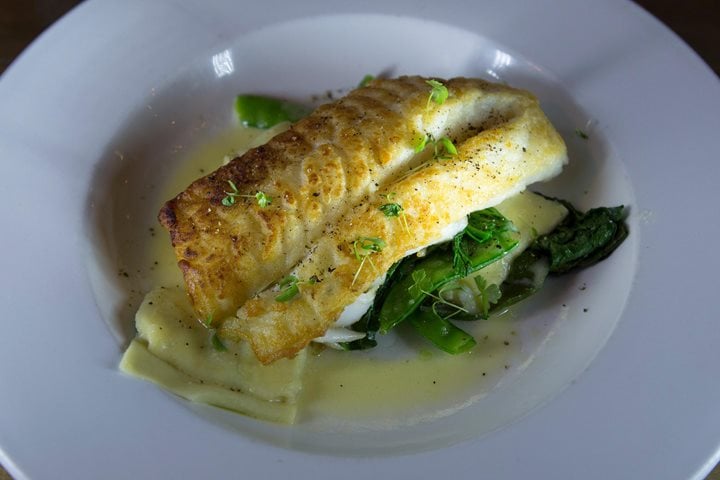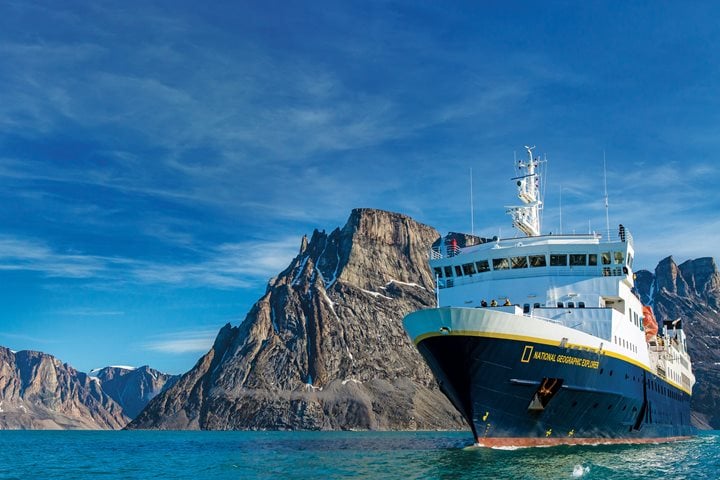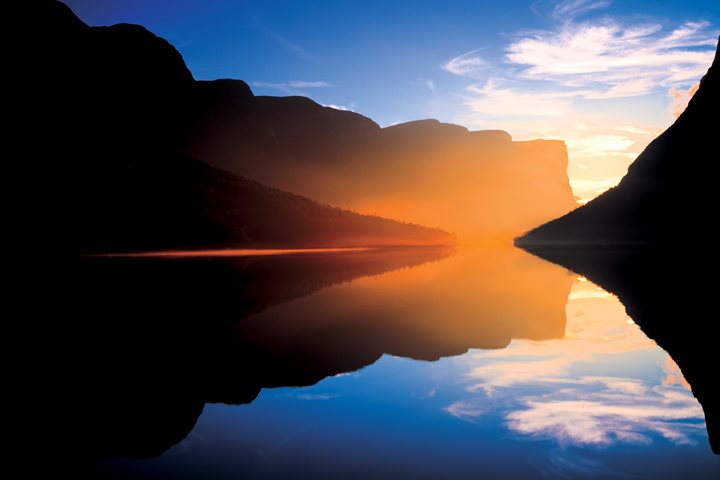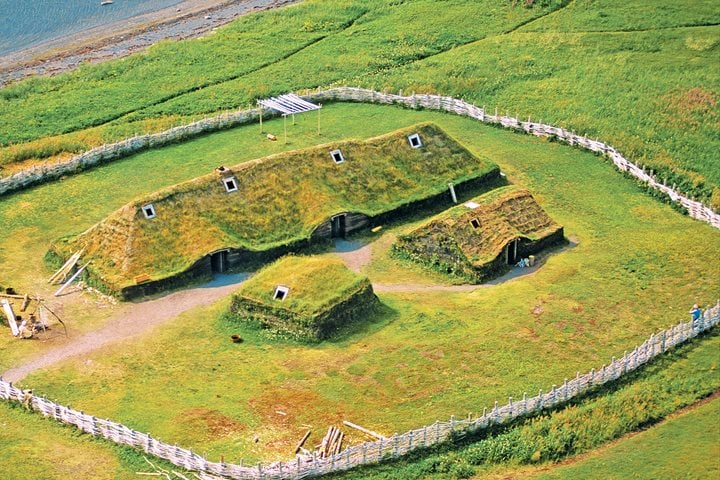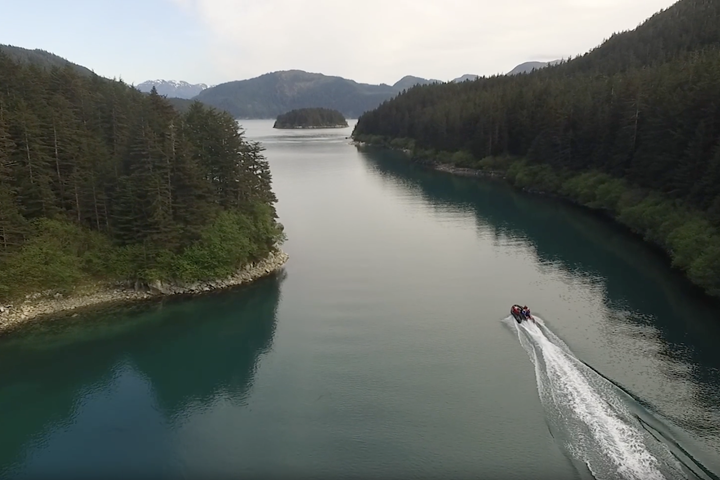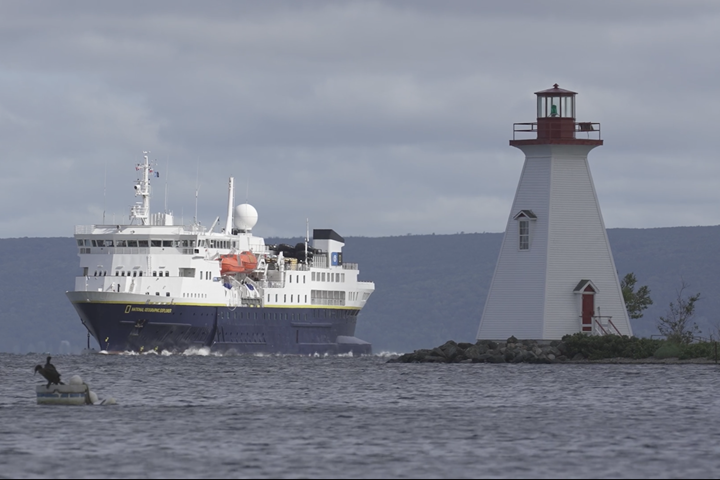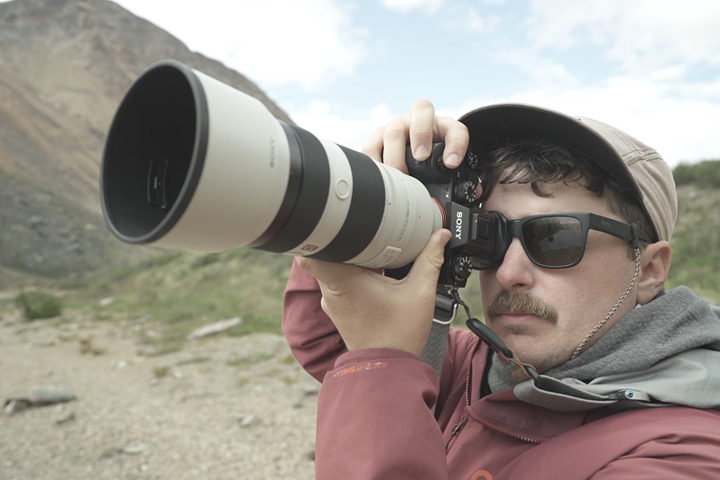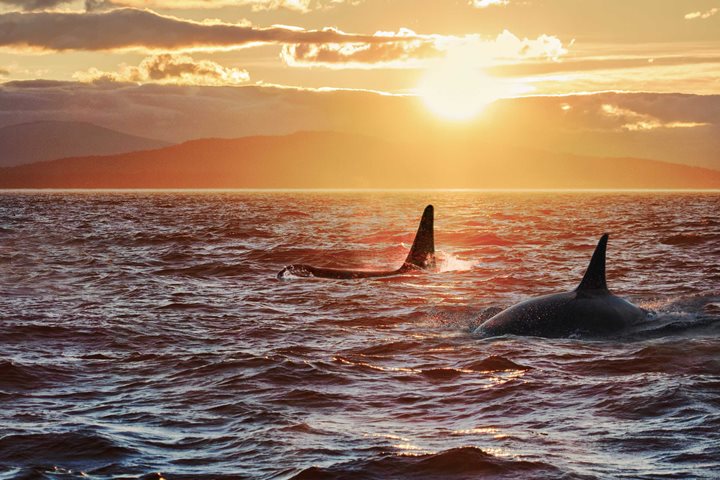Call +1.800.397.3348 or contact your travel advisor
4/7/2015
5 Min Read
Exploring British Columbia's Sacred Haida Gwaii
12/9/2019
3 Min Read
Canadian Maritimes & Newfoundland: Savoring the Seafood of a Storied Region
10/26/2020
3 Min Read
Canada: From Coast to Coast to Coast
3 Min Read
Newfoundland’s Ancient Viking History
1/18/2024
Watch
Expedition Spotlight: Discover the Great Bear Rainforest
10/11/2024
Watch
Expedition Spotlight: Photo Tips from Coastal Labrador
Showing 9 of 9


